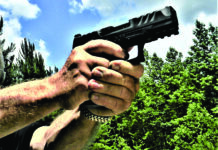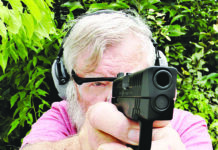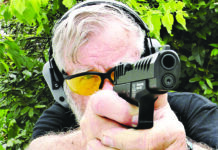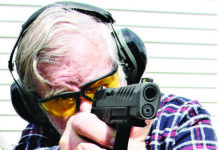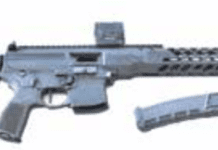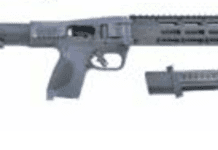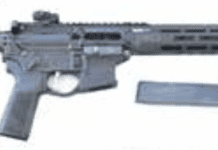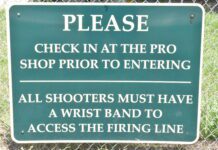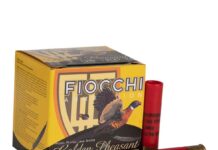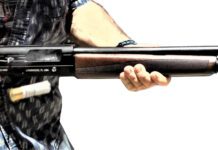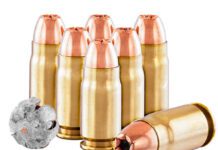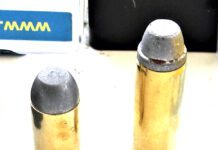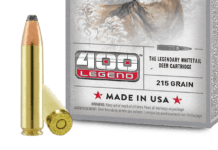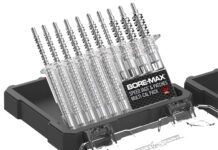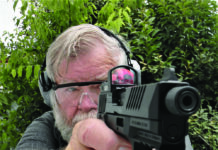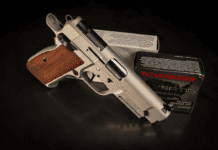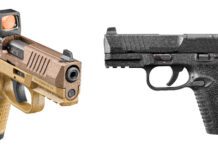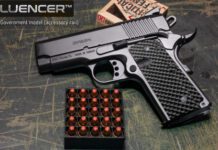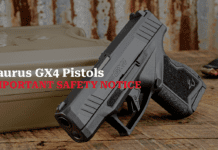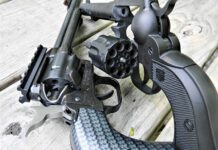Harrington & Richardson Pardner NPI2C8 12-Gauge Pump Shotgun, $200
(GunReports.com) -- The pump action is a very popular shotgun type, mainly for its ease of operation and its ruggedness. While a self-loader may be a bit faster in trained hands, the point is debatable. Expensive autoloaders are reliable, but in the end a dirty or well-used pump is always more reliable than a dirty autoloader. We recently tested an affordable pump—the H&R Pardner, a basic copy of the Remington 870 design beneath the humpback receiver. We bought the gun at Academy Sports, a giant sporting chain that offers rifles, pistols, and shotguns as well as other sporting goods. We were surprised to see the pump-action shotgun listed for less than $200 in an Academy Sports sales paper—it was listed at $180.
Our team gathered and shot the gun using 2.75-inch Winchester Super Target loads (1-ounce charge of No. 8 shot, 2.75-dram equivalent, 1180 fps muzzle velocity) and also a new steel trap load, the Winchester Xpert Game/Target load WE12GT7, a 2.75-inch 12 gauge with 11‚ÅÑ8 ounces of No. 7s, Max dram, developing 1280 fps, according to Winchester.
Field-Gun Showdown: Semiautos From Weatherby and Escort
All-Round Shotguns: Browning, Remington, and Winchester
All-Round Shotguns: Browning, Remington, and Winchester
Remington 11-87 Sportsman No. 29825 3-inch 20 Gauge
One of the major reasons hunters choose a 20 gauge over a 12 gauge is the former's smaller frame, weight, and recoil. Though they may already own a 12, many field sportsmen wind up reaching for their 20s because the smaller gun is just easier to handle, and there are just a few hunting situations—layback goose hunting and spring turkey hunting, to name two—in which the bigger payload might make a difference.
The Remington Sportsman line has two 12s and three 20s. The 12s come in 26- and 28-inch barrels and weigh 8.1 pounds and 8.25 pounds respectively, compared to the weight of our test 28-inch-barrel gun, about a full pound lighter.


